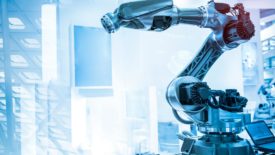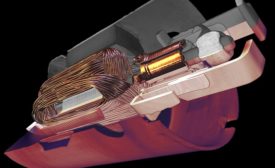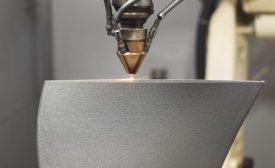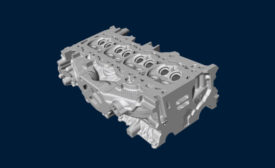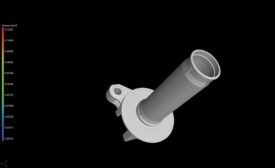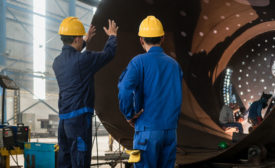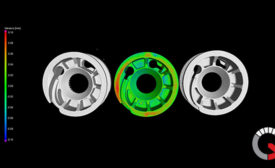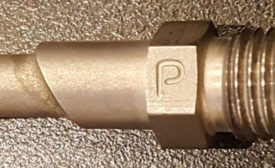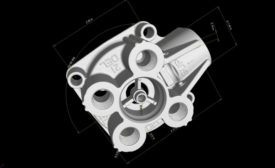Home » Keywords: » CT technology
Items Tagged with 'CT technology'
ARTICLES
NDT | Back 2 Basics
Besides the automation of a CT system for NDE 4.0, it is very important to digitize the whole process for NDE.
Read More
Computed Tomography’s Role
Accelerating time to market and improving profitability
March 3, 2021
Additive Drives the Adoption of CT for Nondestructive Internal Inspection
CT provides unparalleled insight into a 3D structure, including its density at every point throughout its volume.
November 30, 2020
Understanding Accuracy for Computed Tomography
If you take time to understand these definitions, standards and testing methods, you’ll be able to determine the accuracy of CT in your specific application.
October 5, 2020
Sponsored Content
The Future is Now: The Impact of Industrial Computerized Tomography on the Castings Industry
October 18, 2019
Computed Tomography: A Look Inside
CT is paving the way and creating opportunities.
August 8, 2019
Third-Party Industrial Computed Tomography (CT) and Digital X-ray Inspection Services
Are they right for your business?
April 2, 2018
Computed Tomography Analysis Techniques
Industrial computed tomography cuts deep for applications beyond just porosity analysis.
April 2, 2018
Radiography Trends Lead to High Speed CT
Today’s digital radiography is far beyond what early radiographers could have imagined.
April 2, 2018
Redefining Aerospace Inspection with CT
While many NDT methods are available, industrial computed tomography is redefining the limits of inspection.
October 17, 2017
Get our new eMagazine delivered to your inbox every month.
Stay in the know with Quality’s comprehensive coverage of the manufacturing and metrology industries.
SIGN UP TODAY!Copyright ©2024. All Rights Reserved BNP Media.
Design, CMS, Hosting & Web Development :: ePublishing
